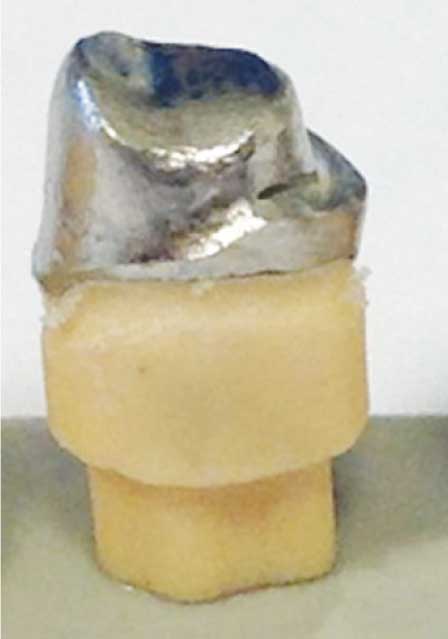Comparison of accuracy of single-crown generated from digital and conventional impressions: an in vivo controlled trial.

Published: 14 June 2019
Abstract Views: 1253
pdf: 1260
Publisher's note
All claims expressed in this article are solely those of the authors and do not necessarily represent those of their affiliated organizations, or those of the publisher, the editors and the reviewers. Any product that may be evaluated in this article or claim that may be made by its manufacturer is not guaranteed or endorsed by the publisher.
All claims expressed in this article are solely those of the authors and do not necessarily represent those of their affiliated organizations, or those of the publisher, the editors and the reviewers. Any product that may be evaluated in this article or claim that may be made by its manufacturer is not guaranteed or endorsed by the publisher.


 https://doi.org/10.23805/JO.2019.11.02.05
https://doi.org/10.23805/JO.2019.11.02.05







